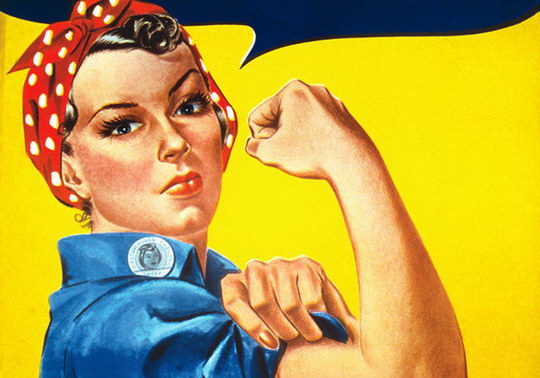At 6:45 p.m. on November 24, 2012, the fire alarm went off on the fourth floor of a nondescript building in the suburbs of Dhaka, Bangladesh. Inside, nearly 1,200 garment workers were on deadline, scrambling to complete an order. When the bells started ringing, they asked if they could leave. Their managers told them to go back to their machines.
Five minutes later, the floor filled with black smoke; screams could be heard from below. The building had no sprinklers or fire escapes. Workers tried to flee down an internal staircase, but the exits were locked. Those on the lower floors were trapped by boxes of yarn and clothes that had already been completed. The fire eventually engulfed the building, killing at least 112 people and injuring hundreds more. Some broke their backs and legs jumping from the windows.
Most of the workers inside the Tazreen garment factory were making clothing for Western brands: Dickies, Wal-Mart, Disney, all their logos showed up on labels pulled from the rubble. But Tazreen wasn’t yet another example of corporations failing to police conditions in their factories. It was an example of how doing so has become impossible.
These big retailers didn’t even know that the clothes they were selling was being made in Bangladesh. Wal-Mart, for example, never actually placed an order with Tazreen. In fact, over a year before the fire, Wal-Mart inspected the factory and discovered that it was unsafe. By the time of the fire, it had banned its suppliers from using it.
So here’s how its products ended up at Tazreen anyway: Wal-Mart hired a megasupplier called Success Apparel to fill an order for shorts. Success hired another company, Simco, to carry out the work. Simco—without telling Success, much less Wal-Mart—sub-contracted 7 percent of the order to Tazreen’s parent company, the Tuba Group, which then assigned it to Tazreen. Two other sub- (or sub-sub-sub-) contractors also placed Wal-Mart orders at Tazreen, also without telling the company.
This is the nature of the fashion industry today. It’s tempting to think that we can do something about this. Under scrutiny from environmental and human rights groups as well as consumers, some retailers have come under fire for being unaware of where their suppliers get materials, or of the conditions that laborers in their supply chain work under. But the truth is, many companies don’t know when their suppliers use subcontractors without their knowledge. Some of these suppliers even put fake “Made In The USA” stamps on them, so that the ultimate seller and buyer at the end of the supply chain are BOTH fooled.
And on top of the Wal-marts and Nordstrum’s, you have new smaller retailers, who avoid brick-and-mortor stores and sell through direct marketing or the Internet. These small companies simply do not know (or even care to ask) where their products are manufactured. And even if they do ask, they lack the financial and political clout to know if they are being lied to. They certainly don’t have the resources to conduct what is called “independent supply chain oversight.” It takes a detective to figure out where these clothes and other products are actually made.
So if you are a mindful consumer of clothes, and even if you could determine where your clothes are made, what country of manufacture should you avoid? Well, the biggest culprit countries are just those that you would expect: China, India, Vietnam, Bangladesh and Myanmar. China, for example, has moved toward “equal rights”, but the clothing employ migrant workers — workers unprotected by China’s “equal rights” laws. (By the way, the same holds true for the high tech industry, as Apple, Foxxcomm, and Samsung know all too well with the repeated suicides of Chinese workers).
As a result, rural migrant workers find themselves trapped in appalling working conditions. There are reports of women who soil themselves as they work in order to meet production demands. They earn extremely low wages – the average monthly salary including overtime is CNY 1,690 (about $160). Migrant workers endure long working days, work seven days a week, many without an employment contract and face constant discrimination, not to mention sexual abuse and rape from their “overseers”. The women are housed in small cramped dormitories, up to 6 women per room. There is no maternity leave, and with no childcare facilities and working weeks of more than 70 hours many are forced to send their children to live with family in the countryside.
And they also work in a communities that are sick. In one Chinese industrial province, for example, a dye factory has polluted the local water supply, affecting all the workers who are housed there, regardless of whether they work in that dye factory or not. And of course the factories themselves, as the Tazreen incident shows, are below and kind of reasonable building code.
But I’ll leave the rest to John Oliver who, if anything, understates the problem:
And remember that when you buy cheap but well-made clothing, there’s a reason why it’s so inexpensive. It’s not because the seller loves you and wants to make you happy. It’s not because it was made in the USA (because US factory workers are unionized and cost $$$$).
It’s because at the other end of the supply chain is an oppressed woman, or young girl.

